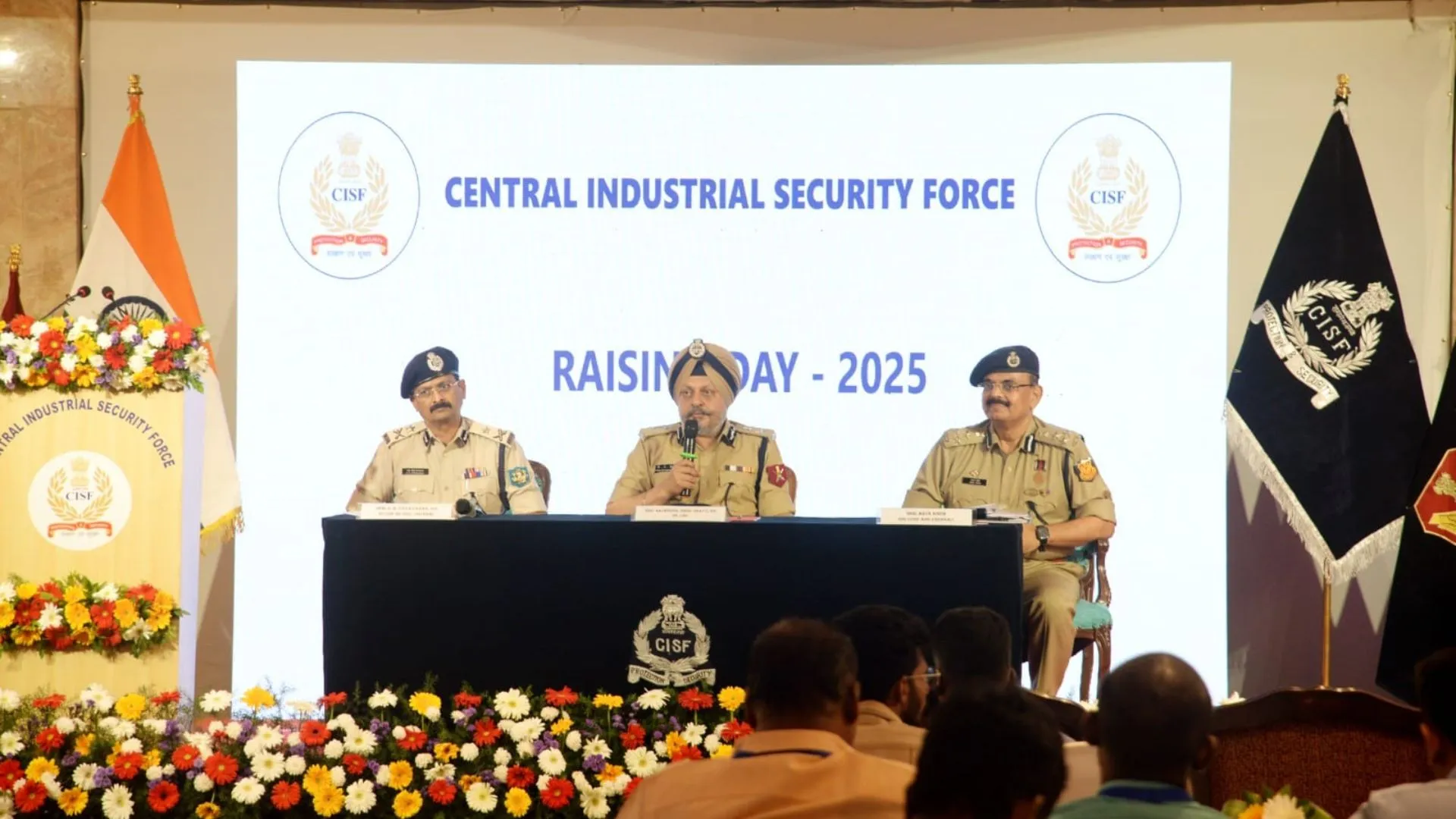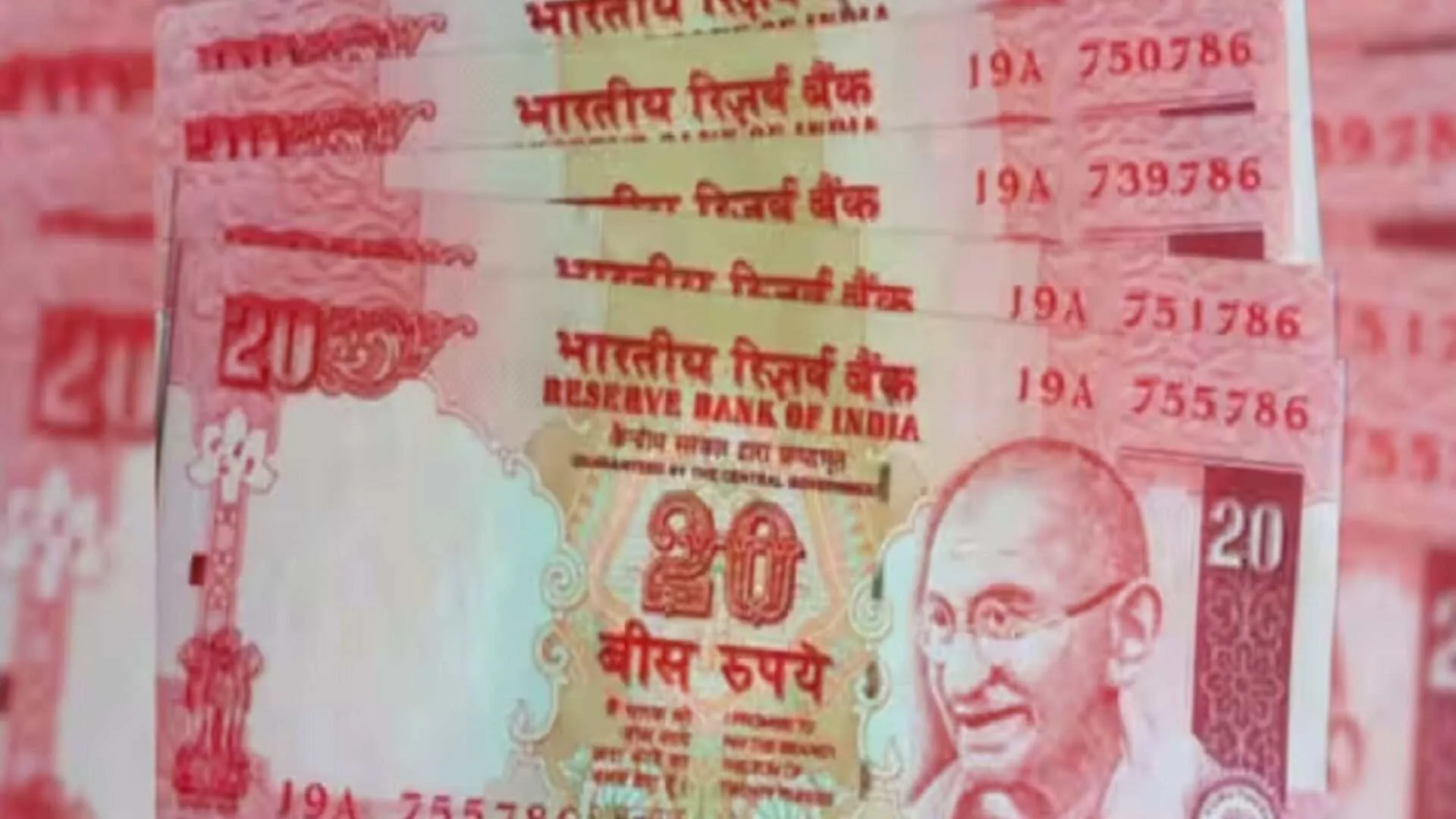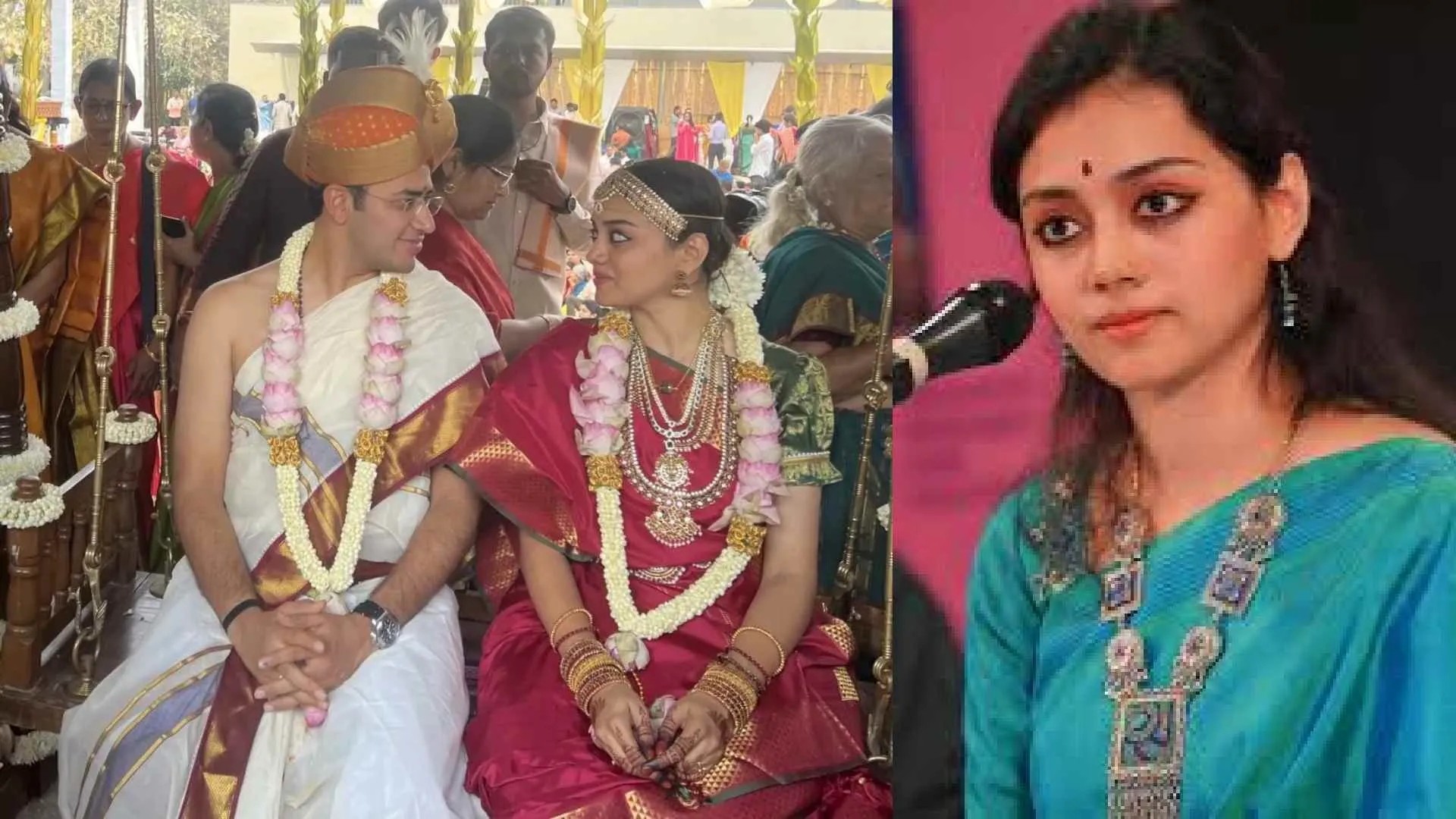The recent elections have highlighted the significant impact of women voters, especially in Madhya Pradesh, where 18.3 lakh women cast their ballots, a 2% increase from the previous elections. The BJP’s resurgence in the state can be attributed to the support of women ‘labharthees,’ particularly due to innovative welfare measures such as the ‘Ladli Behna’ scheme, directly benefitting them. The trend of women voters playing a pivotal role in BJP’s success in North India since 2014, driven by welfare schemes and efficient direct-benefit-transfers, has reshaped traditional politics.
The higher turnout of women voters is linked to the emergence of a new ‘labharthee’ class and the rise of competitive welfare politics. This trend appears to be a lasting factor, as evident from recent elections, emphasizing that no major political party can afford to overlook the influence of women voters.
In Rajasthan, where the Congress-led government focused on women-centric welfare schemes in the last five years, the election results revealed a surprising verdict against the party. Despite the Congress launching numerous schemes exclusively for women and emphasizing their benefits during the campaign, women voters in rural areas seemed to have favored the BJP. The Congress, aiming to win women’s hearts, faced more questions than answers after the election results.
Notably, in rural booths across 33 districts in Rajasthan, women voted higher than men in 19 districts, showcasing a significant surge in women’s turnout. The Congress attributed this to the success of their schemes benefiting economically backward families. The data revealed that 76.11% of rural women participated in the polls compared to 75.27% of men, while in urban areas, 70.28% of women voted against 72.13% of men.
Certain districts like Sikar, Pali, Jhunjhunu, Rajsamand, and Dungarpur witnessed a substantial lead in women’s voting turnout compared to men.






















